Spicebush (Lindera Benzoin) – 3 Gallon Pot
$89.97 Original price was: $89.97.$62.98Current price is: $62.98.
SKU: D2LSC 9362921338 Category: FRAGRANT PLANTS
- Experience the difference quality makes.
- Buy with Peace of Mind
- Free Shipping, No Compromise on Quality
- High quality products, hassle-free returns.

Spicebush
Lindera benzoin
Other Common Names: Wild Allspice, Northern Spicebush, Spice Bush, Benjamin Bush
Plant Details
USDA Plant Hardiness Zones: 5a-9b Find Your Zone
Plant Type: Deciduous Flowering Shrub
Height at Maturity: 6-12′
Width at Maturity: 6-12′
Spacing: 6′ for solid hedge; 15’+ for space between plants
Growth Habit / Form: Bushy, Upright, Rounded
Growth Rate: Moderate
Flower Color: Yellow to Soft Yellowish White
Flower Size: 1″
Flowering Period: Early Spring
Flower Type: Single, in clusters
Fragrant Flowers: Yes
Foliage Color: Green
Fragrant Foliage: Yes. leaves and stems when crushed
Sun Needs: Full Sun or Mostly Sun, Morning Sun with Dappled or Afternoon Shade, All Day Filtered Sun, Morning Shade with Evening Sun
Water Needs: Average to Moist
Soil Type: Clay (Amended), Loam, Sand, Silt
Soil Moisture / Drainage: Well Drained Moist to Poorly Drained
Soil pH: 5.0 – 8.0 (Acid to Alkaline)
Maintenance / Care: Very Low
Attracts: Butterflies. Hummingbirds, Pollinating Insects, Visual Attention
Resistances: Deer, Disease, Heat, Insect, Salt Air, Wet Soils
Description
If you’re looking for plants that attract butterflies and birds, you may want to try the Spicebush, a wonderful and easy-to-grow North American native flowering shrub that produces flowers for the butterflies and berries for the birds, especially vireos, tanagers, robins and thrushes. The butterflies like this host plant so much that the Spicebush Swallowtail Butterfly was name after it! But every year it’s the Spicebush caterpillar that we look forward to seeing most. It doesn’t get much cuter than this little green guy with big eyes! 🙂
Spicebush Butterfly Caterpillar and Butterfly
Spicebush is a deciduous shrub that can reach heights up to 12 feet but is more often seen at 6 feet or so with an equal spread. In early spring, cute little yellow flowers burst open all along the bare branches. The bloom is followed by the emergence of eliptical green leaves that turn a showy golden yellow in fall. The crushed leaves or twigs produce a pleasant, spicy fragrance, hence the name. The essential oil contained in the leaves, twigs, bark, and berries was traditionally used in folk medicine and as a substitute for allspice. The flowers on the female plant form bright red berries in fall.
Essential oils from this plants leaves, twigs, and fruits, have been used in teas. The fragrant fruits are sometimes dried and used in sachets. Native Americans have been known to use the dried fruits of this plant as a spice, and the leaves of this plant for tea.
Wildlife Value
The Spicebush supports Palamedes Swallowtail (Papilio palamedes) larvae which has two flights from March to December with a partial 3rd flight in the South. This plant supports Palamedes Swallowtail (Papilio palamedes) larvae which has two flights from March-December with a partial 3rd flight in the South. The adult butterflies feed on nectar from flowers like sweet pepperbush, thistles, blue flag, and azalea. Spicebush also supports the Spicebush Swallowtail (Papilio troilus) larvae which have 2 generations per year from April to October. Adult Spicebush Swallowtail butterflies feed on nectar from Japanese honeysuckle, jewelweed, thistles, milkweed, azalea, dogbane, lantana, mimosa, and sweet pepperbush. Also a host plant for the Spicebush Swallowtail butterfly. Fruits are eaten by songbirds, especially during fall migration.
Landscape & Garden Uses
Growing upright to about 6 to 12 feet tall and wide, Spicebush is ideal for use as a specimen or in groupings in sunny to partially shaded landscape borders and around patios, decks and other outdoor living spaces where the fragrance, flowers and hummingbirds, butterflies and caterpillars that visit can be enjoyed. Excellent as an understory shrub in woodlands and in garden spots with moisture retentive soil, though adapts to somewhat drier soils. In boggy soils it will spread by stolons to form a colony. A fine addition to butterfly and hummingbird gardens, pink theme gardens, wildlife gardens, cottage gardens, and fragrance gardens.
Suggested Spacing: 6 feet apart for solid hedges; 15 feet or more apart for space between plants
Growing Preferences
Spicebush prefers a consistently moist soil and sun to part shade, however, tolerates a range of conditions including shade, wet soil, and salt spray. Exceptionally low maintenance, it requires no pruning. In boggy soils it will spread by stolons to form a colony. Free of any pest and disease problems!
Helpful Articles
Click on the Planting & Care Advice tab to find helpful tips from our experts
Plant Long & Prosper!
Meet The Wilson Brothers & Staff
Questions? Contact Us!
Be the first to review “Spicebush (Lindera Benzoin) – 3 Gallon Pot” Cancel reply
Related products
Sale!
FRAGRANT PLANTS
Sale!
FRAGRANT PLANTS
Sale!
FRAGRANT PLANTS
Simply Scentsational Sweetshrub (Calycanthus ) – 1 Gallon Pot
Sale!
FRAGRANT PLANTS
Sale!
Sale!
Sale!
FRAGRANT PLANTS
Winter Gold Edgeworthia Chrysantha – Paper Bush – 5 Gallon Pot
Sale!
FRAGRANT PLANTS
Diane Red Witch Hazel (Hamamelis X Intermedia) – 7 Gallon Pot



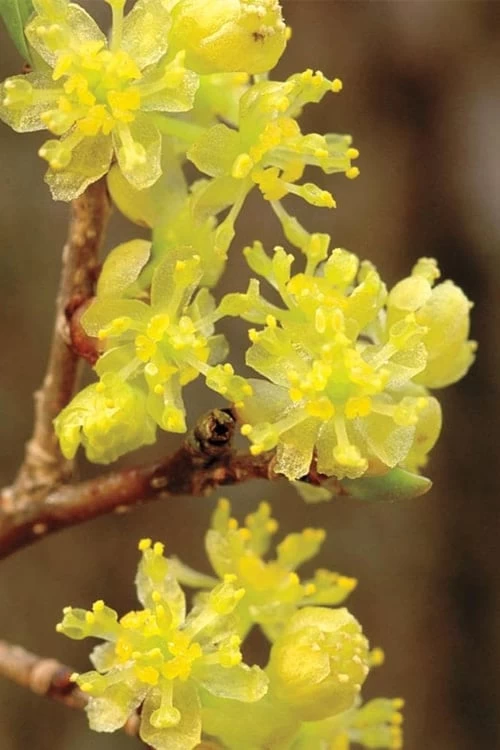
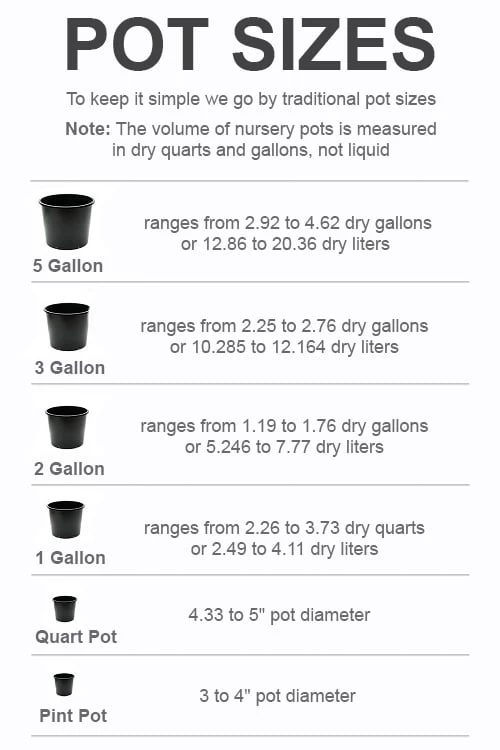

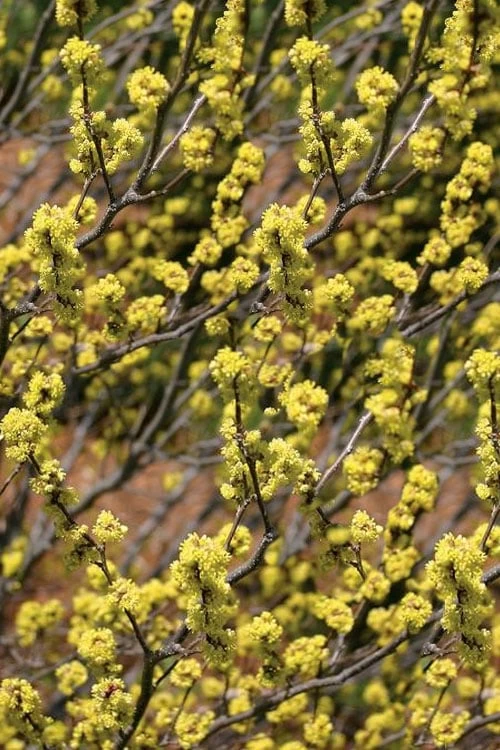






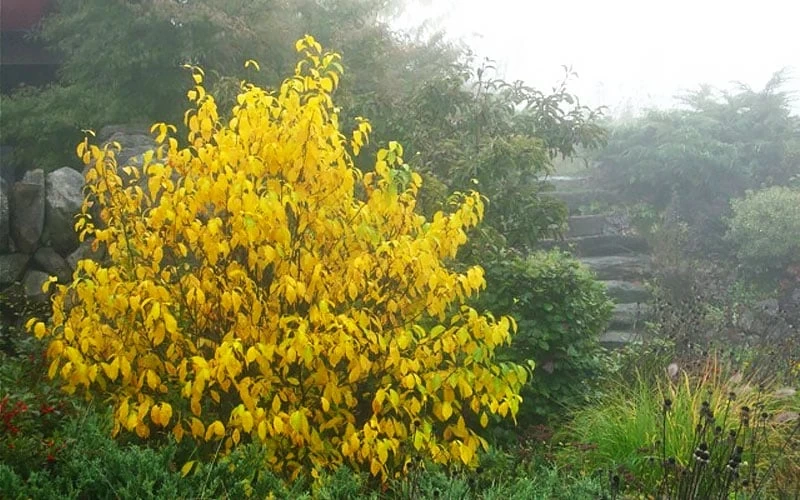


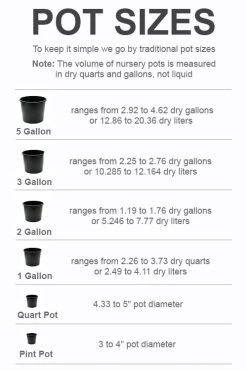




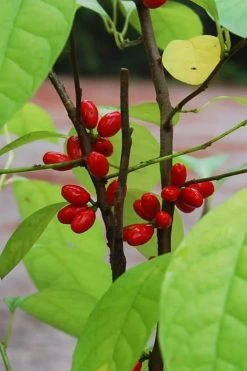
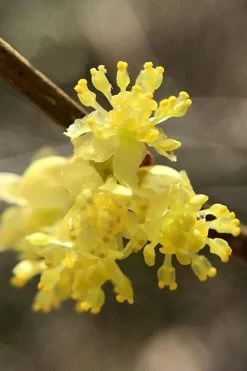

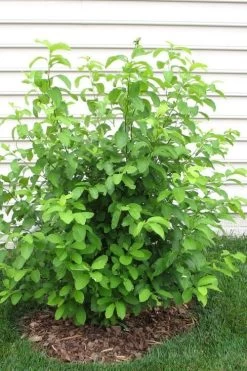

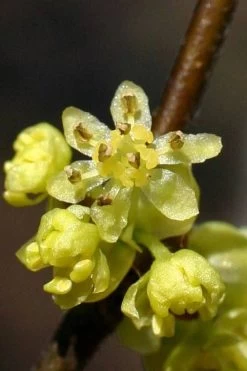



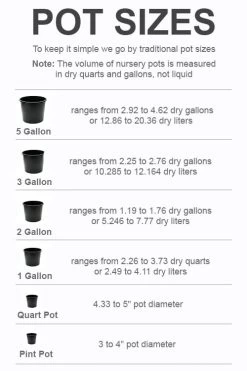


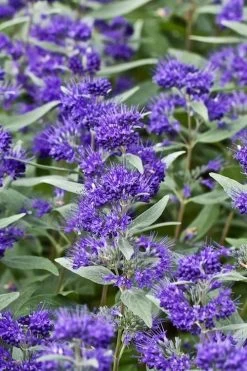


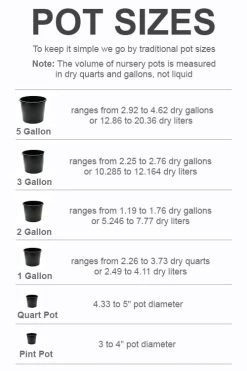
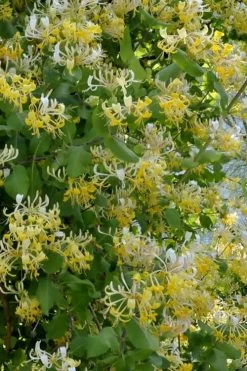



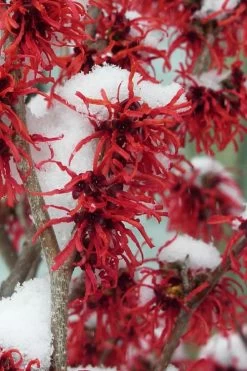

Reviews
There are no reviews yet.